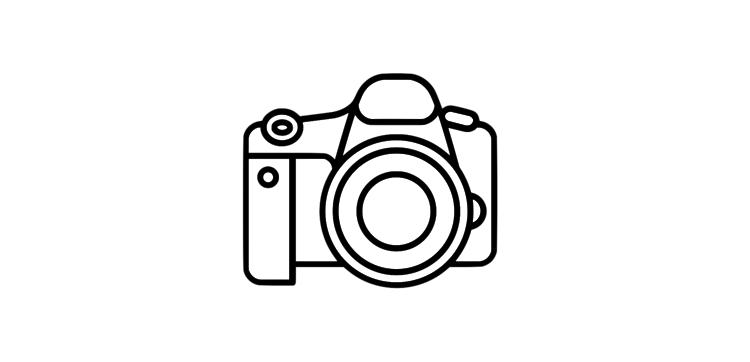Guide: What You Need for Camera Scanning
Digital camera scanning is popular because it’s an easy and resourceful way to scan your own work with equipment you may already have.
All you need is a digital camera, a computer, a way to hold negatives flat, and a small light table or similar light source. If you’re a digital photographer interested in shooting film, a hybrid photographer looking for a resourceful way to scan your own film, or a photographer exclusively shooting film with the desire to quickly and easily scan at home or the office, using a digital camera is a great option. You can make use of the digital camera you already own or easily source one used or new. (P.S.- you don’t need the newest and greatest to get great scans)
Negative Holder or the Negative Carrier MK1
Keeps the film in place for image capture. The film needs to be completely flat for sharp photos. Our Film Carrier MK1 works great if you’re looking to scan whole rolls of film quickly and efficiently. You simply load the roll into our Film Carrier MK1, and begin turning the advance wheel as the film comes into line with the scanning path. Advancing the film from frame to frame is a breeze with our smooth channel design, and this requires little force or pressure to achieve. Scan a full roll in 5 minutes or less!
Light Source or Tablet/Phone Screen
Illuminate the negative from below. Consistent light allows for even capture without vignetting. Light tables very in cost, but it’s important to have one with good diffusion so that there aren’t patterns in your final scans. We’ve even had great results using a tablet screen set to a white background at full brightness! (portable devices fit great under our Pro Mount MK1).
Camera Stand or Tripod
Hold the camera over the light source. Avoiding shake will reduce blur and sharpen images. Tripods actually work great! And for a more steady and tabletop solution copy stands are affordable and compact. Kaiser makes many different models, just choose one that’s tall enough for your macro lens. The compact Kaiser Repro Kid copy stand is an affordable option for smaller space and proves great stability.
Digital Camera + Macro Lens or Extension Tubes
Most digital cameras work well. Tethered capture to a computer makes workflow much faster, and macro lenses between 55 and 105mm give the best results. For full frame cameras look for 1:1 reproduction ratios. My favorite affordable option is the 30+ year old Nikon 55mm f/3.5 or f/2.8 with an extension tube. For cameras, we’ve tested many cameras, including the 9 year old T2i and full frame options like a D810 and Sony A7ii.
Our setup while shooting Kickstarter video, pictured here with Canon 6D and Kaiser Stand. Portra 800 pushed 1 stop, Sample Scan with $150 Canon T2i
Sample Scan with $150 Canon T2i and the Nikon 55mm f/3.5 (Tri-X 400)
Sample Scan with Nikon full frame camera.
Enlarged section showing visible resolved grain from Kodak Ektachrome 100, one of the worlds finest grain slide films.
Want to learn more about our Kickstarter?
You can visit our campaign here:








